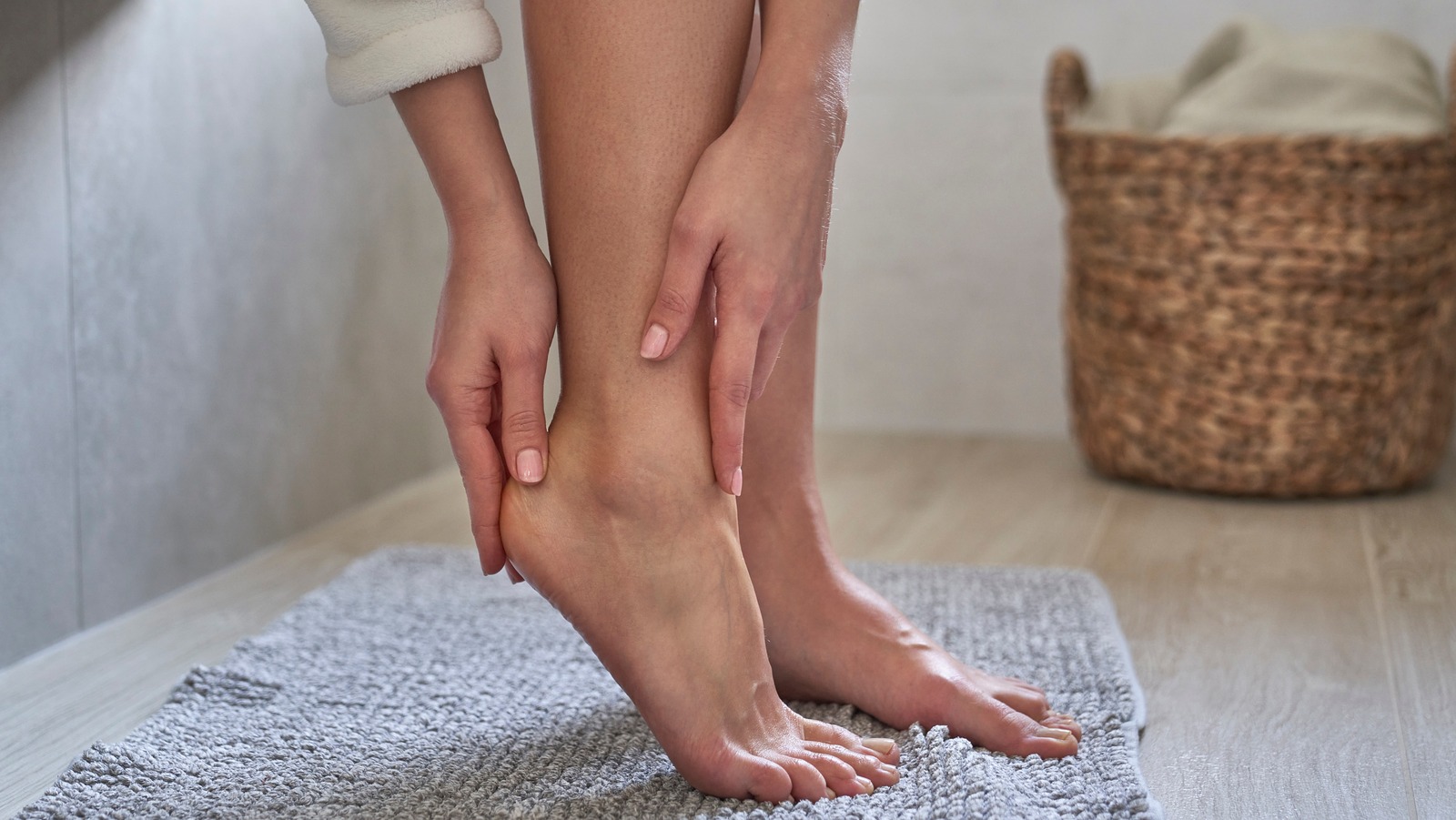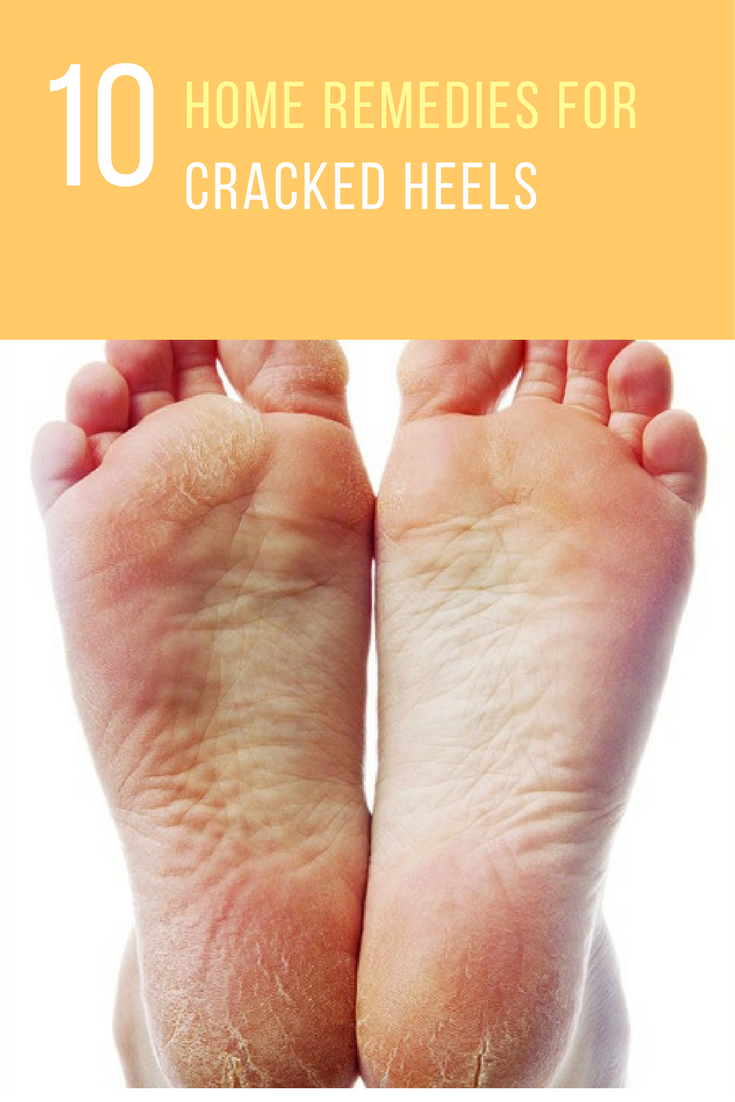Tired of those unsightly cracked heels? You’re not alone. Dry, cracked heels are a common problem, but they can be incredibly stubborn to treat. But don’t despair! This article will equip you with 10 proven ways to finally banish cracked heels for good. We’ll delve into the root causes of this problem, from dry skin to underlying medical conditions. You’ll discover effective home remedies, expert-recommended products, and lifestyle changes that can dramatically improve the appearance and health of your feet. Get ready to walk with confidence and say goodbye to those pesky cracked heels for good!
Ditch the Dryness: 10 Proven Ways to Banish Cracked Heels for Good
Let’s be honest, cracked heels are a real buzzkill. They can be painful, unsightly, and make even the simplest things like walking barefoot or wearing sandals feel uncomfortable. And while we might chalk it up to dry skin, the truth is that cracked heels often have deeper roots (pun intended!). But don’t worry, you don’t have to resign yourself to a life of sandpaper feet. With the right approach, you can banish cracked heels for good and get those smooth, sandal-ready feet you’ve always dreamed of.
1. Hydration, Hydration, Hydration!
Let’s start with the basics. Dry skin is the leading culprit behind cracked heels, and the answer lies in amping up your hydration game, both internally and externally.
Internally:

How To Banish Unsightly Cracked Heels For Good
- Drink up: Aim for eight glasses of water a day. Keeping your body hydrated from the inside out helps your skin retain moisture.
- Eat your fruits and veggies: Fruits and vegetables are packed with vitamins and minerals that contribute to healthy skin. Think leafy greens, berries, and avocados for a boost of hydration.
- Reduce your caffeine and alcohol intake: These beverages can dehydrate your body, so try to limit them.
Externally:

10 Incredible Natural Remedies For Cracked Heels
- Moisturize, moisturize, moisturize: After showering or bathing, apply a thick moisturizer to your feet. Look for creams or lotions rich in humectants like hyaluronic acid and glycerin to attract and retain moisture.
- Exfoliate: Gently remove dead skin cells with a pumice stone or foot scrub a few times a week. This will allow the moisturizer to penetrate deeper into your skin.
- Use a foot mask: Treat yourself to a hydrating foot mask once or twice a week. These masks are designed to intensely moisturize and soften your skin.
2. Get Your Feet Soaking!
A warm foot soak can work wonders for cracked heels. It helps soften the skin, making it easier to remove dead skin cells and promote healing.
- Try a simple soak: Fill a basin with warm water and add a cup of Epsom salts. Soak your feet for 15-20 minutes, then gently scrub away any loose skin with a pumice stone or foot file.
- Go for a natural approach: Soak your feet in warm water with a few tablespoons of apple cider vinegar. The acidity helps to break down dead skin and soothe inflammation.
Remember, avoid soaking your feet for too long, as it can dry out your skin. Pat your feet dry gently afterwards and apply a moisturizer.
3. Embrace the Power of Petroleum Jelly
Petroleum jelly is a classic remedy for cracked heels. It acts as a barrier, locking in moisture and preventing further dryness.
- Apply it generously: After a warm foot bath, apply a thick layer of petroleum jelly to your heels and massage it in gently.
- Slip on socks: Cover your feet with cotton socks to keep the petroleum jelly in place overnight. This allows the jelly to penetrate your skin deeply and effectively.
You can also use petroleum jelly as a daily moisturizer for your feet, especially in the winter months when the air is dry.
4. Don’t Underestimate the Power of Socks
Wearing socks, especially cotton ones, can help to lock in moisture and keep your feet hydrated.
- Wear socks at night: After applying a thick layer of moisturizer or petroleum jelly to your heels, slip on a pair of cotton socks before bed. The socks will help to trap in the moisture, allowing it to penetrate your skin throughout the night.
- Choose breathable fabrics: During the day, opt for socks made from breathable materials like cotton or wool, especially if you tend to sweat.
5. Wear the Right Shoes
Ill-fitting shoes are a major contributor to cracked heels. They can put excessive pressure on your feet, leading to dryness and cracking.
- Choose comfortable footwear: Invest in shoes that fit well and provide adequate support. Avoid shoes with high heels or narrow toes, as they can squeeze your feet and contribute to cracked heels.
- Go for cushioned insoles: Use cushioned insoles in your shoes to provide extra support and reduce friction.
6. Moisturize Often
The key to banishing cracked heels lies in consistent moisture.
- Make moisturizing a habit: Apply moisturizer to your feet twice a day, morning and night.
- Consider a foot cream specifically for cracked heels: Look for creams containing urea or alpha-hydroxy acids, which can help to exfoliate dead skin and promote healing.
7. Give Yourself a Pedicure
Treat yourself to a regular foot massage and pedicure. This will help to improve circulation, promote healing, and keep your feet soft and smooth.
- Include a foot scrub in your routine: Use a foot scrub to remove dead skin cells and exfoliate your feet. This will help to improve the absorption of your moisturizer.
- Don’t forget the nail care: Trim your toenails regularly and keep them clean to prevent ingrown toenails.
8. Pay Attention to Underlying Conditions
Cracked heels can sometimes be a symptom of an underlying medical condition, such as:
- Psoriasis: This condition causes dry, scaly patches on the skin, including the feet.
- Eczema: This skin condition can cause itchy, dry, and cracked skin.
- Diabetes: People with diabetes often have poor circulation, which can make their feet more prone to dryness and cracking.
If you suspect an underlying medical condition, consult your doctor for diagnosis and treatment.
9. Consider Professional Treatment
If home remedies aren’t doing the trick, consider seeking professional help. A podiatrist can diagnose any underlying medical conditions and recommend treatment options, including:
- Medical-grade moisturizers: These moisturizers are specifically designed to treat severe cases of cracked heels and are often available by prescription.
- Keratolytics: These are medications that help to break down the thick, dead skin on the heels, promoting healing.
- Microdermabrasion: This non-invasive procedure uses tiny crystals to remove dead skin cells and improve skin texture.
10. Be Patient and Consistent
Healing cracked heels takes time and patience. Be consistent with your treatment plan and don’t expect overnight results.
- Track your progress: Take pictures of your feet every few days to track your progress. This will help you stay motivated and see how your skin is improving.
- Adjust your routine as needed: If you’re not seeing results, don’t be afraid to adjust your routine or try different products.
Remember, taking care of your feet is an investment in your overall health and well-being. By following these tips and adopting a consistent approach, you can finally say goodbye to cracked heels and embrace the smooth, confident stride you deserve.
FAQ: Banishing Cracked Heels for Good
Q: Why do I get cracked heels in the first place?
A: Cracked heels, or heel fissures, are often caused by dry skin, which can be exacerbated by factors like cold weather, hot showers, and dehydration. Other culprits include wearing open-toe shoes, standing for long periods, and underlying medical conditions like eczema or diabetes.
Q: Are cracked heels contagious?
A: No, cracked heels are not contagious. They are a result of dry, damaged skin, not a bacterial or viral infection.
Q: Can I prevent cracked heels?
A: Absolutely! You can help prevent cracked heels by staying hydrated, moisturizing regularly, and wearing comfortable shoes. Protecting your feet from harsh conditions like dry weather and hot showers is also crucial.
Q: How can I get rid of cracked heels fast?
A: While there’s no overnight fix, you can see improvement quickly with regular moisturizing and exfoliation. Applying a thick moisturizer, especially at night, and using a pumice stone or foot file to remove dead skin can help. For deeper cracks, consult a dermatologist for professional treatment options.
Q: Are there any home remedies for cracked heels?
A: Yes! Many natural ingredients can help soothe and heal cracked heels. Soaking your feet in warm water with Epsom salt, applying aloe vera gel, and using coconut oil as a moisturizer are effective home remedies.
Q: What are the best products for cracked heels?
A: Look for products that contain ingredients like urea, lactic acid, or hyaluronic acid, which help to moisturize and exfoliate the skin. Glycerin and petroleum jelly are also effective for sealing in moisture.
Q: When should I see a doctor about cracked heels?
A: If your cracked heels are deep, painful, or don’t improve with home remedies, it’s best to consult a doctor. They can rule out any underlying medical conditions and recommend more advanced treatments like topical medications or steroid injections.
Q: Can I wear flip-flops with cracked heels?
A: While flip-flops are comfortable, they can actually worsen cracked heels. The lack of support and exposure to the elements can dry out your skin further. Opt for closed-toe shoes, especially with good cushioning, to protect your feet.
Q: What are some tips for keeping my feet healthy?
A: For healthy feet, make sure to moisturize regularly, exfoliate gently, wear comfortable shoes, and address any issues promptly. Remember to keep your feet clean and dry, and consult a podiatrist for any foot-related concerns.

Cracked Heels Remedies Prevention Tips and Care at Home